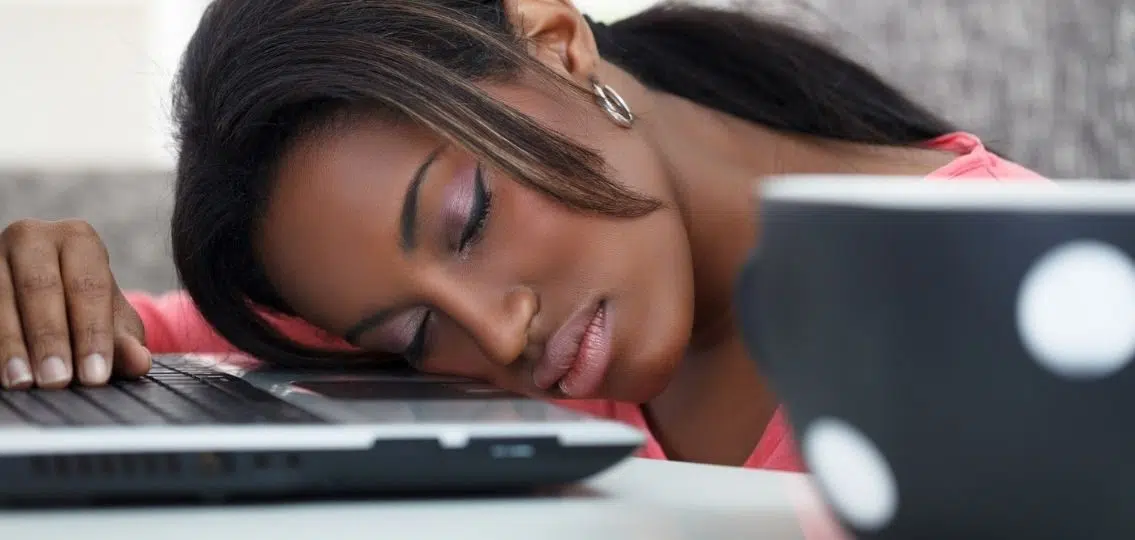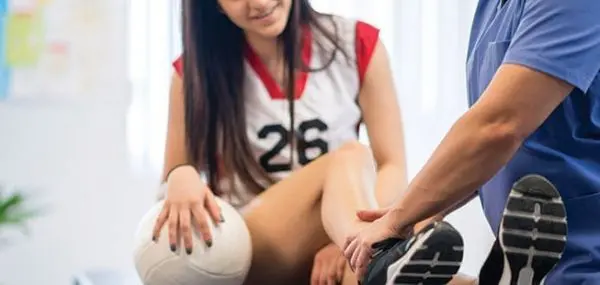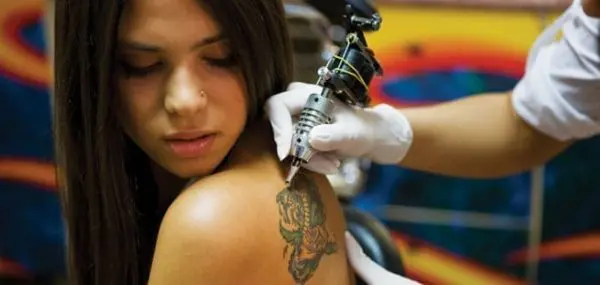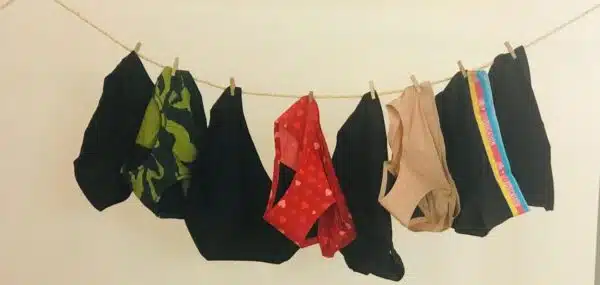Is your teen tired? Complaining of headaches? Lack of appetite? Iron-deficiency anemia could be to blame!
What is iron-deficiency anemia?
Iron, a mineral found in our diets, helps form red blood cells. Red-blood cells play an important role in the body by carrying oxygen through the bloodstream to various organs and tissues. Anemia occurs when the body lacks adequate amounts of healthy red blood cells, which can happen when the body does not have enough iron.
Iron-deficiency anemia is one of the most common nutritional deficiencies in the US, impacting up to 7% of the population. The groups most at risk for anemia include babies and toddlers, teenagers, and people who are pregnant.
Causes of iron-deficiency anemia
In teenagers, the two most common causes of iron-deficiency anemia are:
Insufficient dietary iron intake–many teenagers do not eat enough iron-rich foods. Teens who follow vegetarian or vegan diets are more likely to experience iron-deficiency anemia.
Heavy menstrual blood loss–teens with heavy periods may experience significant blood loss each month. This blood loss can deplete the body’s red blood cell stores and contribute to anemia.
How do I know if my teen is anemic?
Parents who worry or suspect that their teenager has anemia should schedule an appointment with a family doctor or primary care provider.
Common symptoms of iron-deficiency anemia include:
- Extreme fatigue
- Weakness or lightheadedness
- Feeling cold, particularly in the hands and feet
- Brittle nails or pale skin
- Frequent headaches
- Loss of appetite
A simple blood test is the most common way to check for iron-deficiency anemia. Your teen’s medical provider may check their hemoglobin, transferrin, or ferritin levels, which are iron-containing proteins within red blood cells that carry oxygen. Your provider might also choose to do a CBC test, which looks at the overall composition of your teen’s blood.
Treating iron-deficiency anemia
In most cases, iron-deficiency anemia is corrected through a combination of iron supplementation and dietary changes.
Your medical provider may recommend that your teen begin taking an iron supplement. These supplements can be found in the vitamin aisle of your pharmacy or grocery store. Choose an iron supplement that has been third-party certified by an independent organization such as NSF International, or ask your medical provider for a recommendation.
If your teen’s anemia is related to their heavy periods, the medical provider may suggest birth control pills as a treatment to modify their periods to be lighter and more infrequent. Some parents may be hesitant about their teen taking birth control pills, and that’s okay. Medical providers are there to answer your questions and help you and your teen find the right treatment option.
Helping your teen to eat an iron-rich diet
It is important for teens with iron-deficiency anemia to consume iron-rich foods throughout the day. When possible, include at least 1-2 iron-rich foods with every meal and snack.
Iron intake recommendations for children and teenagers:
- Girls and Gender-Nonconforming Teens Who Menstruate
- Age 9-13: 8 milligrams of iron per day
- Age 14-18: 15 milligrams of iron per day
- Boys and Gender-Nonconforming Teens Who Do Not Menstruate
- Age 9-13: 8 milligrams of iron per day
- Age 14-18: 11 milligrams of iron per day
There are many iron-rich foods available for every teen to include in their diet. This is a great opportunity to involve your teen in weekly grocery runs and family dinners. Have your teen pick a few recipes to try, and invite them into the kitchen to help you cook them for the family.
Iron-Rich Foods Include:
- Red meats like beef and pork
- Lean meats like chicken and fish
- Other protein sources like eggs, tofu, beans, and legumes
- Dark green vegetables like spinach, kale, or broccoli
- Nuts and seeds
- Dried fruits like raisins or apricots
- Bread, pasta, and breakfast cereals (fortified with iron in the U.S.)
One extra way to boost your teen’s iron intake is to combine iron-rich foods with foods rich in Vitamin C, such as citrus fruits, melons, berries, pineapple, tomatoes, peppers, and more. Vitamin C increases iron absorption so your teen can get the most out of their meals and snacks.
You can also ask your medical provider for a referral to see a registered dietitian. Registered dietitians are medical nutrition experts who can assess your teen’s diet, answer your nutrition questions, and provide information and advice for you and your teen.
The Bottom Line
Iron-deficiency anemia is common in teens and is rarely life-threatening, but might be impacting your teen’s quality of life. Helping your teen eat a wide variety of nutritious, iron-rich foods can get them feeling happier, healthier, and more energetic in no time!




